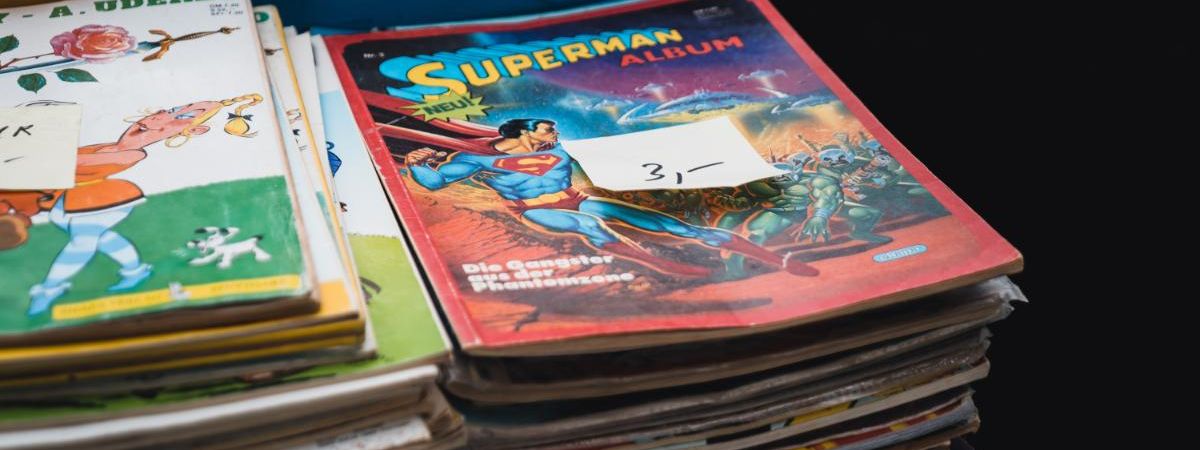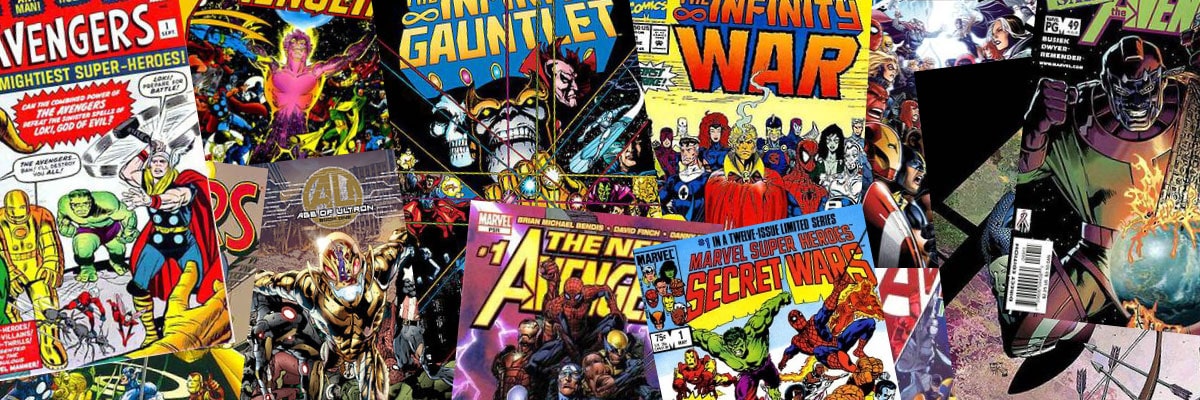Skip to the good bit
ToggleWhat is my comic worth?
It’s a question that burns in the heart of every comic book collector. Unraveling the mystery behind the value of that treasured issue isn’t as cryptic as it might first appear. There are a few key factors that determine a comic’s value:
1. Condition: Much like any collectible, the better the condition, the higher the price. Creases, tears, and markings can decrease its value.
2. Rarity: Limited edition comics or those with low print runs often fetch a higher price.
3. Demand: Popular series, characters, or issues with significant events (like a character’s first appearance) will be in higher demand.
4. Age: Generally, older comics are more valuable, especially those from the Golden and Silver Age of comics.
By understanding and analyzing these factors, you can start to get a clearer picture of your comic’s worth.
How to value comics
Valuing comics is an art form combined with a touch of detective work. While the overarching factors can provide a ballpark estimate, understanding the nuances is crucial for a more precise assessment. If you’re eager to pinpoint the value of your beloved comics (and let’s face it, precision is super satisfying!), let’s unravel the steps in a bit more detail:
1. Grading: the bedrock of comic valuation
Before all else, understanding the condition or ‘grade’ of your comic, especially when dealing with iconic Spider-Man comic books, is foundational. Renowned institutions like the Certified Guaranty Company (CGC) specialize in comic grading. They meticulously examine your comic, assessing factors from page yellowing to binding robustness, then rate it on a scale from 0.5 (poor) to 10 (gem mint). This grade clarifies the comic’s condition and provides a solid foundation for its valuation. The better the condition, the higher its potential market value. If you’re serious about your collection, this investment is worth considering.
2. Price guides: your comic Valuation compass
Comic books and pricing guides are like encyclopedias for comic collectors. These resources are curated from vast sales data and offer average prices based on grading. Several guides are available, with “The Overstreet Comic Book Price Guide” being one of the most recognized. However, ensure you have the latest edition. The comic market is dynamic, and values change over time. Online platforms, like GoCollect or ComicsPriceGuide, can also provide real-time data.
3. Online auctions: the pulse of the market
Websites like eBay are more than just shopping destinations; they’re virtual treasure troves of data. By exploring completed sales, you can see the actual selling price of comics identical or similar to yours in condition and grade.
While looking at ongoing listings to gauge value is tempting, remember these prices are aspirational. They reflect what a seller wishes to achieve. Completed sales, on the other hand, represent genuine transactions, offering a more reliable benchmark.
Comic book pricing
After understanding its value, how do you go about setting a price? Here’s a quick cheat sheet:
1. Know your bottom line: Determine the lowest price you will accept before listing or selling.
2. Research: Look at several sources to understand the ongoing rates.
3. Be honest: Clearly mention any defects or issues. A disappointed buyer can lead to returns or negative reviews.
4. Stay flexible: The comic market, like any other, can fluctuate. Be open to negotiations and be patient if you believe you have a valuable gem.
How to start comics
For the uninitiated, diving into the world of comics can feel like jumping into a multiverse without a guide. But, chillax, we’ve got you! If you’re wondering how to start comics, here are some tips:
1. Find your genre: Comics aren’t just about superheroes. There’s horror, romance, sci-fi, fantasy, and more! Find what resonates with you.
2. Start with graphic novels: These are often complete stories that don’t require chasing down multiple issues.
3. Visit your local comic book store: Staff there are usually passionate about comics and can provide personal recommendations. Plus, supporting local businesses? Super cool!
4. Digital comics: Platforms like ComiXology offer digital versions, which can be more accessible and affordable for beginners.
Conclusion
In conclusion, determining the value of your comics might seem like deciphering ancient runes at first, but with a little know-how and enthusiasm, it becomes a rewarding journey. Whether you’re in it for the nostalgia, the investment, or just the sheer love of the art form, comics offer a universe of possibilities.








